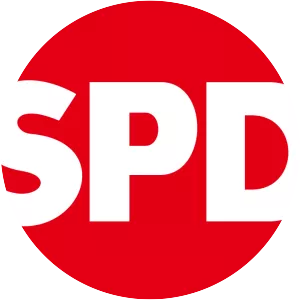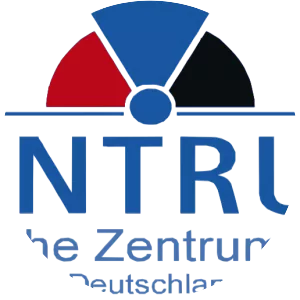
Nazi Party
| Use attributes for filter ! | |
| Founders | Anton Drexler |
|---|---|
| Dietrich Eckart | |
| Founded | Munich |
| Germany | |
| Preceded by | German Workers' Party |
| Date of Reg. | |
| Date of Upd. | |
| ID | 1152709 |
About Nazi Party
The National Socialist German Workers' Party, commonly referred to in English as the Nazi Party, was a far-right political party in Germany that was active between 1920 and 1945, that created and supported the ideology of National Socialism. Its precursor, the German Workers' Party, existed from 1919 to 1920.
The Northampton shoemaker who caught the Auschwitz commander
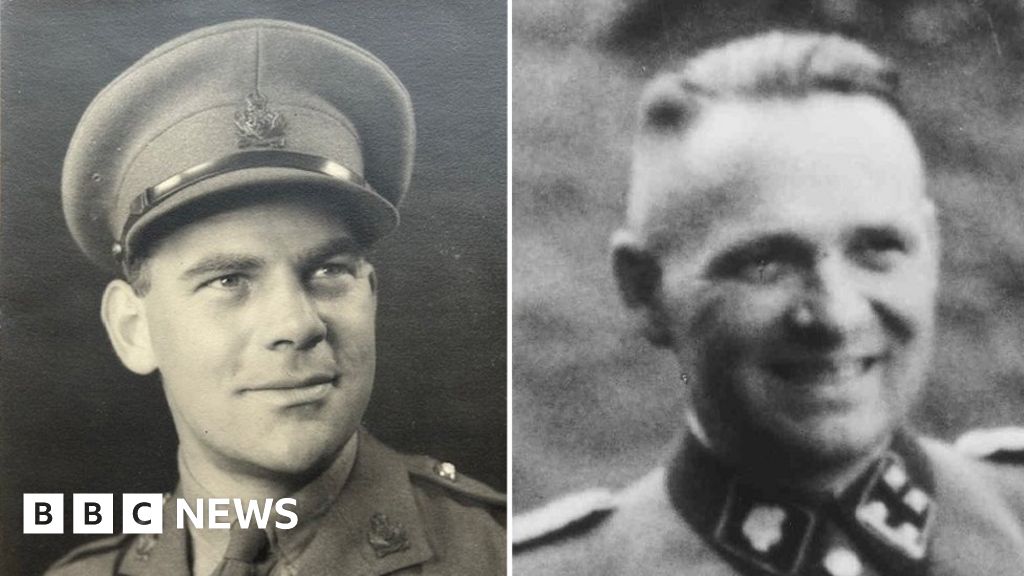
... Rudolf Franz Ferdinand Höss had joined the Nazi Party in the early 1920s and later became an SS officer, working at a concentration camp at Dachau, before transferring to Auschwitz, which he ran until 1943...
Nazi card proves Dutch Prince Bernhard joined Hitler's party
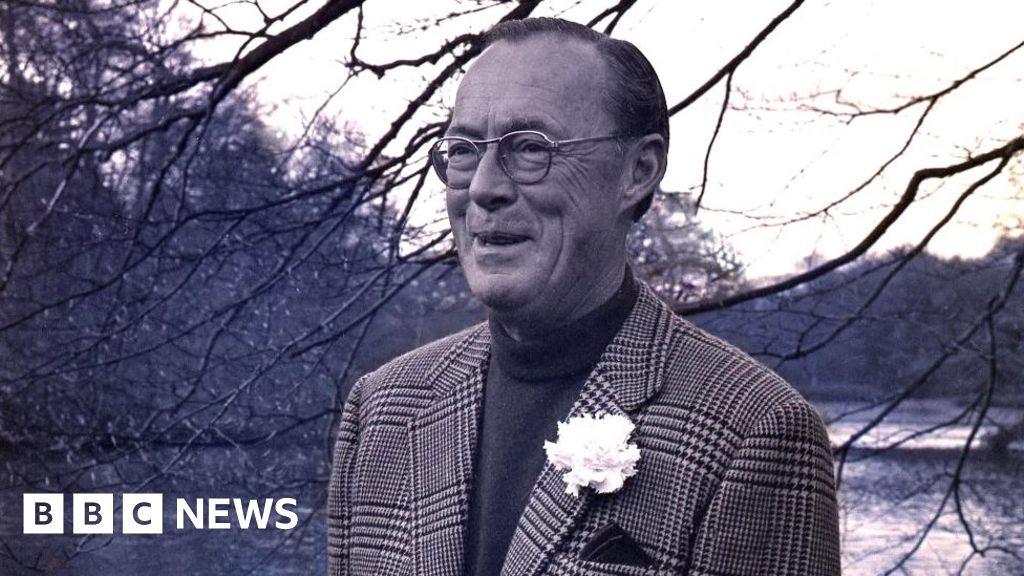
...By Paul KirbyBBC NewsThe Dutch government has confirmed the authenticity of a Nazi Party card held by Prince Bernhard, prince consort for decades after World War Two...
US returns Egon Schiele art stolen by Nazis to heirs

... Scheile s pieces had been declared " degenerate art" by Adolf Hitler, and were sold to finance the Nazi Party...
The Light: Inside the UK's conspiracy theory newspaper that shares violence and hate
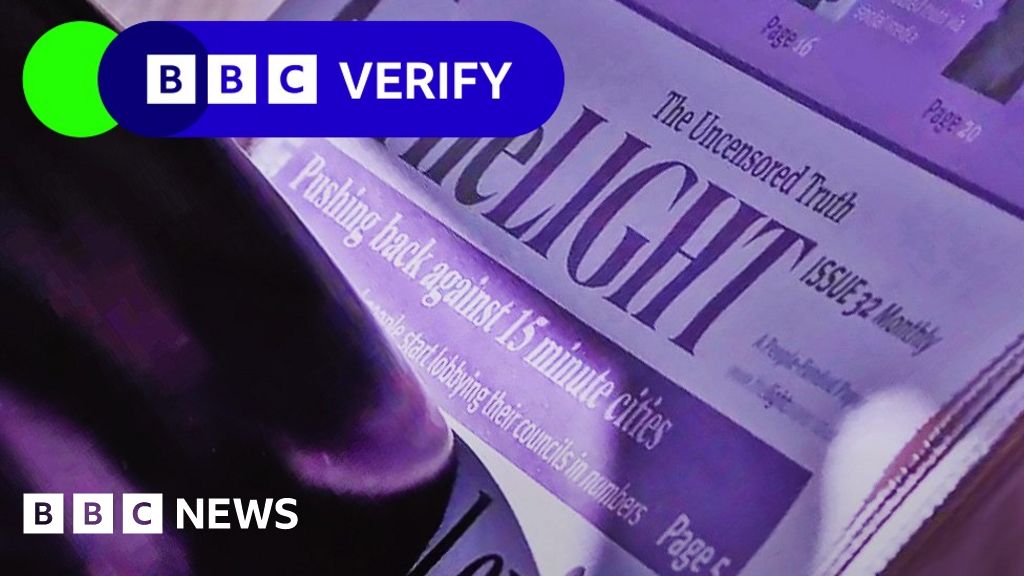
... 0" - referring to the execution of Nazi Party members after World War Two...
Jewish groups condemn $150m Nazi-linked jewel sale
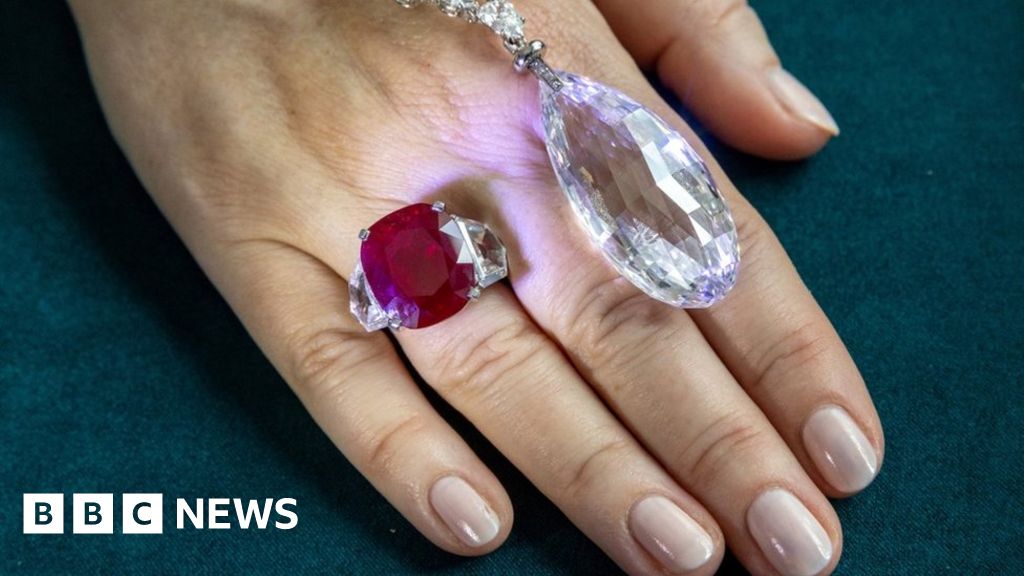
... Heidi Horten was an Austrian heiress whose German husband, Helmut Horten, had been a Nazi Party member...
Nazi monument at Swiss cemetery sparks controversy
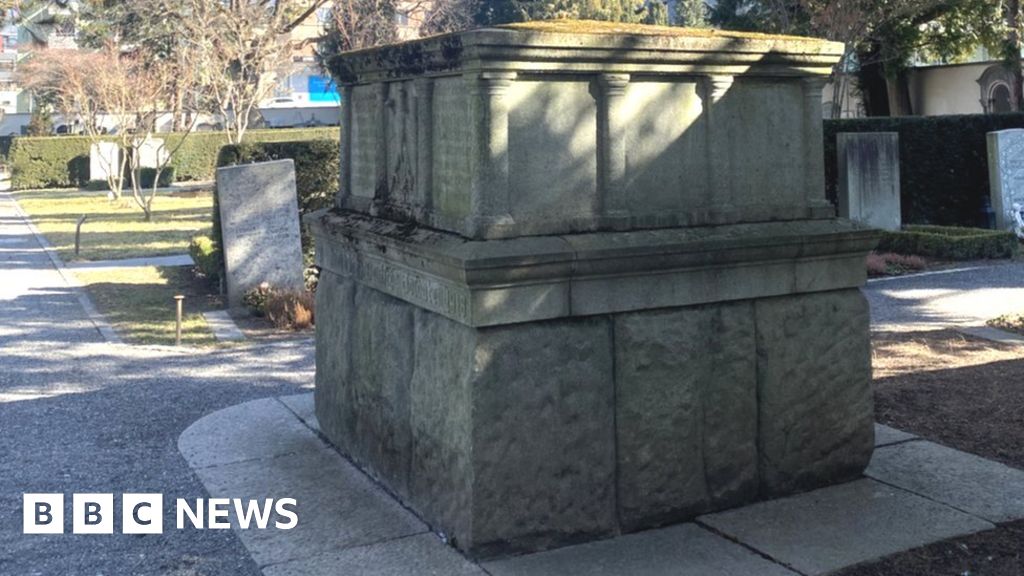
... Throughout the war, Germans in Switzerland continued to be active in the Nazi Party, and continued to display their Nazi sympathies...
They sold a Picasso to flee the Nazis - now their heirs want it back
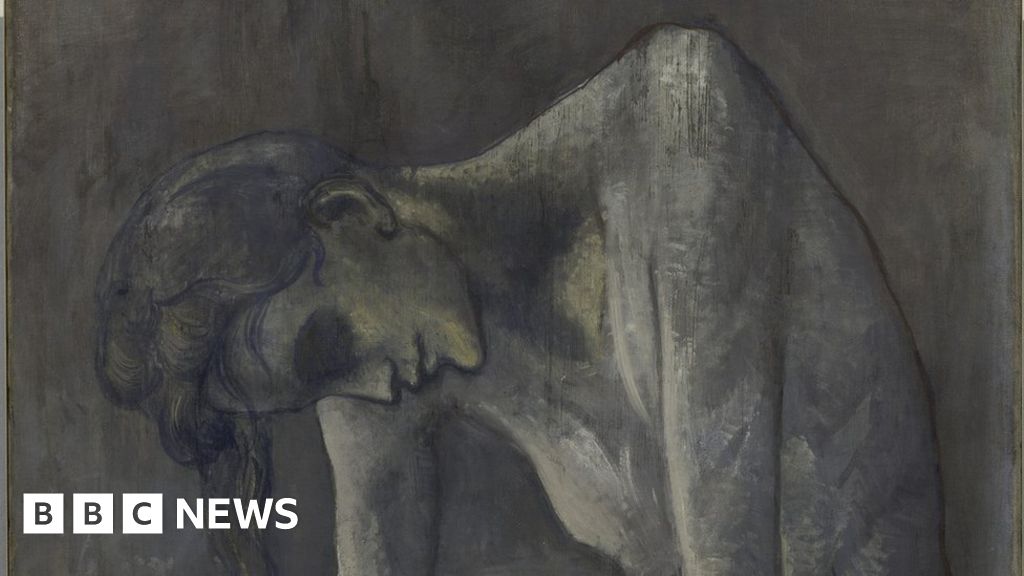
... The painting was not sold in Germany, but after the Adlers had left, and it was sold to a Jewish art collector, not a member of the Nazi Party, the museum noted...
Former Nazi speaks in new BBC documentary
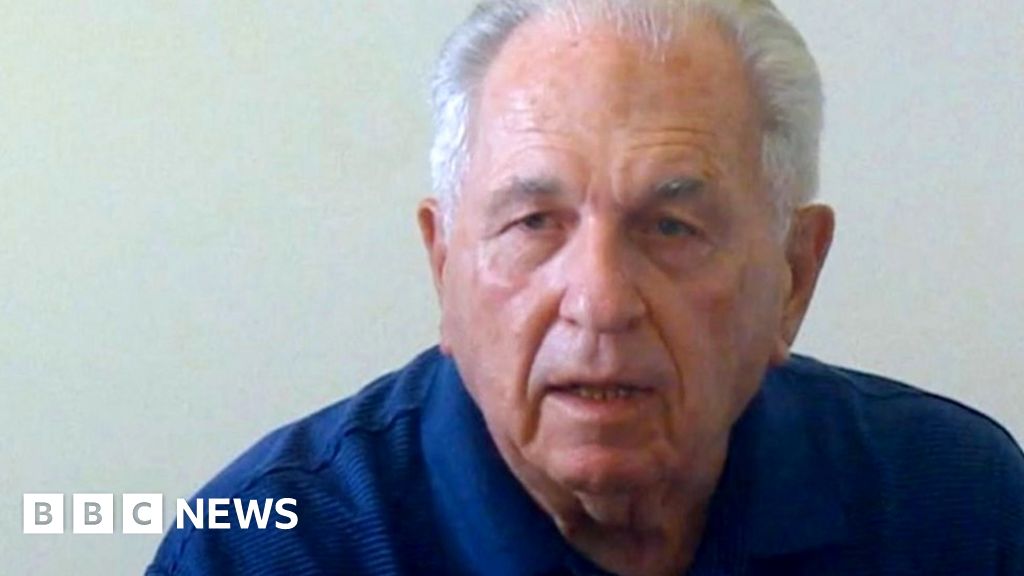
... His primary school teacher was active in the local Nazi Party...
Nazi monument at Swiss cemetery sparks controversy
By Imogen FoulkesBBC News, Chur, Switzerland
For decades the huge monolithic block of granite in The Middle of the cemetery in The Swiss town of Chur was ignored by passers-by; No One seemed to know quite what it was.
But the 13-tonne stone monument that dwarfs the nearby gravestones is now causing Controversy - and embarrassment.
Research by a local journalist has revealed links to Nazi Germany , and to neutral Switzerland's own awkward relations with its World War Two neighbours.
Chur's cemetery is in the centre of town. Many people, like radio journalist Stefanie Hablützel, pass it Every Day on The Way to work or out shopping.
Nowadays The Monument at the cemetery, untended, is covered in moss. The engravings on it are difficult to discern.
" At first sight it looks like a War Memorial , " says Stefanie, pointing out some faint lettering: "1914 - 1918 ; hier ruhen deutsche Soldaten… here lie German soldiers. "
Why, though, would German soldiers be buried here?
In fact, thousands of wounded prisoners of war, French and British as well as German, were. Some died from their injuries, others during the 1918 flu pandemic.
But Chur's monument was not built until 1938. " That's 20 years after these men died, " says Stefanie. " It wasn't built to mourn these dead soldiers, it was built for propaganda reasons, for the Nazi regime. "
Swiss historian, Martin Bucher, explains that, as The Nazis grew in power in Germany, their propaganda involved cult-like worship of their war dead. In The 1930S The German War Graves Commission became part of Hitler's propaganda machine. Its task, to create visible signs of Nazi power in Germany's neighbours as well as At Home .
There were many thousands of Germans living in Switzerland at The Time , and, Martin says, they were organised. " In Switzerland all these organisations you know from Germany existed. The National Socialist Party , The German Labour Front, the Hitler Youth . They were all here, but only for Germans, not for Swiss People . "
Germany's War Graves Commission submitted ambitious plans to build a vast mausoleum in The Swiss town of St Gallen. This Was rejected by Swiss authorities. But The Monument in Chur was approved. Polished and engraved in Munich, using The Nazis favourite Fraktur font, it was delivered to Chur on the eve of World War Two.
At The Time , says Martin, Chur's residents must have known what it was. " On Nazi holidays they put Swastikas on this monument… people would have seen it was a Nazi monument. "
Some were clearly unhappy. Stefanie uncovered an indignant letter to The Local newspaper, written in 1938, asking: " Why do we have a Nazi stone in our cemetery? "
BBCBut some will have been supportive. Swiss sympathisers of Nazi Germany were well-documented in canton Graubünden, of which Chur is the capital. But homegrown Swiss fascist parties never really took off, getting only two seats in The Swiss parliament in 1935, and never standing again.
While Switzerland still has no official memorial to The Holocaust , parliament did approve plans for one in March Last Year . There are, however, around 50 unofficial monuments.
Throughout The War , Germans in Switzerland continued to be active in the Nazi Party , and continued to display their Nazi sympathies. And The Swiss , hoping as usual to stay out of the fighting, made compromises with Berlin, banking Nazi Gold , and turning away Jewish refugees.
Then, just One Day after The War ended, neutral Switzerland got off The Fence . " There was a huge purge, " says Martin. " The Swiss government tried to punish Swiss Nazis, there were trials. "
German Nazis, meanwhile, were expelled. " I think after that a lot of people were thinking it's done now, The Nazis are away, no problem, " says Martin. " And I think they forgot this monument. "
So complete was this collective amnesia that today, among people like Stefanie, born decades after The War , the origins of The Monument , and the Nazi presence in Switzerland, were a revelation.
" I grew up here in Chur, " she says. " And I didn't realise how many Nazi organisations were present in The 1930S , here in Chur. "
Even local member of parliament Jon Pult was taken by surprise. " Switzerland wasn't Nazi free, and I knew that, " he says. " But I didn't know about this monument.
" I live maybe 500 metres from the cemetery where this stone is, and I walked past that stone probably a hundred times, and I never realised that it is of course a Nazi stone. Now that I know it's very clear. I get it, I see it. "
So, what should happen now?
Despite a certain embarrassment, very few people have suggested tearing down The Monument . But even fewer, says Stefanie, say it should be left just as it is.
Instead, consensus seems to be forming around a proposal to re-examine and publicise that period in Swiss history, just as Switzerland had to re-examine, and apologise for, its treatment of Jewish refugees during The War .
" I think it should stay in Chur, " says Martin, adding: " But I think it's important to tell people why it is there. Maybe it can be a monument to remember all The People who died in The Second World War . "
Jon Pult agrees that Switzerland should " create a memorial" out of The Monument " to remember the horrific crimes of The Nazis ".
But also, he says, The Monument , and The Information he expects to be placed in the cemetery with it, should serve as A Warning .
" We should create a culture of knowledge about this, because as we know there is always a danger of fascist ideologies, totalitarian ideologies, as we see now for example in Russia. "
Related TopicsSource of news: bbc.com

